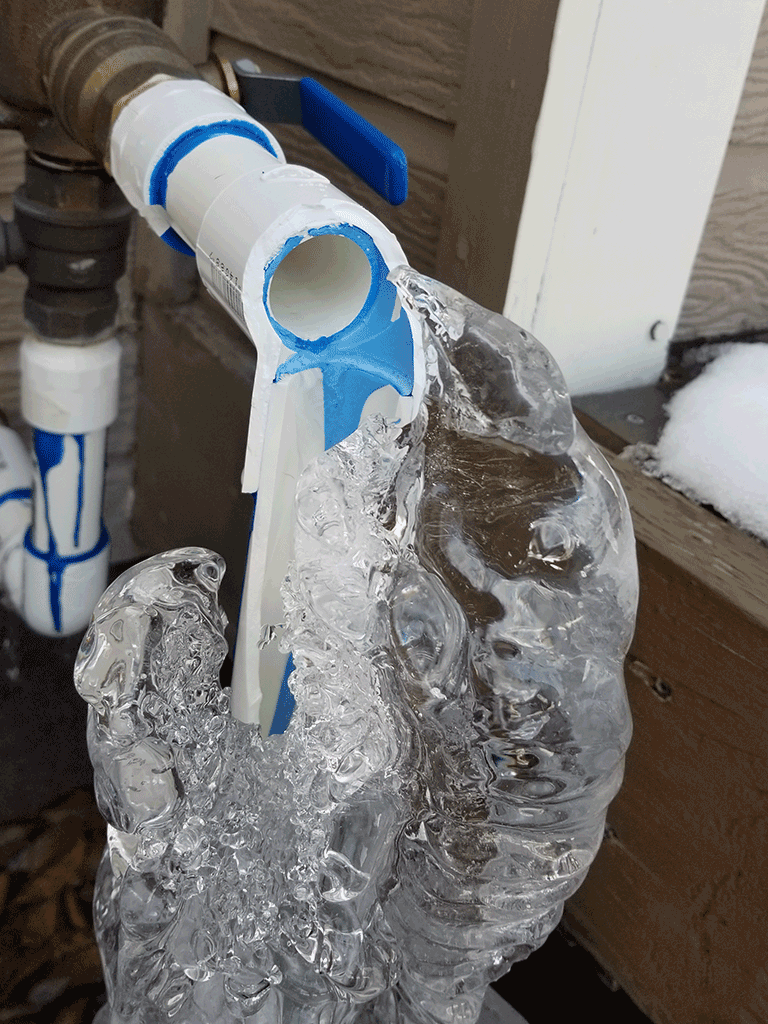Protect Against Frozen Plumbing in Cold Weather: Professional Advice
Booking PageThis article listed below involving How to Prevent Your Pipes From Freezing is immensely intriguing. Check it out for your own benefit and see what you think about it.

Winter can damage your plumbing, specifically by freezing pipelines. Below's exactly how to avoid it from occurring and what to do if it does.
Introduction
As temperatures drop, the risk of icy pipes boosts, potentially causing pricey repairs and water damage. Understanding how to avoid icy pipes is essential for house owners in chilly environments.
Prevention Tips
Protecting susceptible pipes
Cover pipelines in insulation sleeves or utilize heat tape to protect them from freezing temperature levels. Focus on pipes in unheated or external locations of the home.
Heating techniques
Maintain interior rooms effectively heated up, especially locations with plumbing. Open up cabinet doors to enable cozy air to distribute around pipelines under sinks.
How to recognize frozen pipes
Try to find decreased water flow from faucets, uncommon odors or sounds from pipes, and visible frost on exposed pipes.
Long-Term Solutions
Structural adjustments
Take into consideration rerouting pipelines far from exterior walls or unheated areas. Add extra insulation to attic rooms, cellars, and crawl spaces.
Upgrading insulation
Buy top quality insulation for pipes, attics, and wall surfaces. Proper insulation aids keep regular temperature levels and minimizes the risk of frozen pipelines.
Securing Outdoor Pipes
Garden tubes and outside faucets
Separate and drain pipes yard pipes before wintertime. Mount frost-proof faucets or cover exterior taps with protected caps.
Comprehending Frozen Pipes
What creates pipes to ice up?
Pipelines freeze when subjected to temperature levels listed below 32 ° F (0 ° C) for extended periods. As water inside the pipelines ices up, it expands, taxing the pipe wall surfaces and potentially creating them to rupture.
Dangers and damages
Frozen pipelines can lead to water supply disturbances, property damages, and pricey repair services. Ruptured pipelines can flooding homes and cause comprehensive architectural damage.
Indicators of Frozen Water Lines
Determining frozen pipelines early can avoid them from rupturing.
What to Do If Your Pipes Freeze
Immediate activities to take
If you believe frozen pipes, maintain faucets open to relieve stress as the ice melts. Use a hairdryer or towels soaked in warm water to thaw pipelines gradually.
Conclusion
Stopping frozen pipes calls for positive measures and fast actions. By understanding the reasons, signs, and safety nets, house owners can shield their plumbing throughout cold weather.
6 Proven Ways to Prevent Frozen Pipes and Protect Your Home
Disconnect and Drain Garden Hoses
Before winter arrives, start by disconnecting your garden hoses and draining any remaining water. Close the shut-off valves that supply outdoor hose bibs and leave the outdoor faucet open to allow any residual water to drain. For extra protection, consider using faucet covers throughout the colder months. It’s also important to drain water from any sprinkler supply lines following the manufacturer’s directions.
Insulate Exposed Pipes
Insulating your pipes is an effective way to prevent freezing. Pipe insulation is readily available at home improvement stores and is relatively inexpensive. Pay close attention to pipes in unheated areas such as the attic, basement, crawl spaces, or garage. Apply foam insulation generously to create a buffer against the cold. You can also wrap your pipes in heat tape or thermostat-controlled heat cables for added warmth.
Seal Air Leaks
Inspect your home for any cracks or openings that could let in cold air. Seal any holes around the piping in interior or exterior walls, as well as the sill plates where your home rests on its foundation. Additionally, make sure to keep your garage door closed unless you’re entering or exiting. Leaving it open creates a significant air leak that can lead to frozen pipes.
Allow Warm Air Circulation
During cold snaps, it’s essential to allow warm air to circulate evenly throughout your home. Leave interior doors ajar to promote better airflow. Open kitchen and bathroom cabinets to help distribute heat consistently around the rooms. If you have small children or pets, be sure to remove any household chemicals or potentially harmful cleaners from open cabinets for safety.
Let Faucets Drip
A small trickle of water can make a big difference in preventing ice formation inside your pipes. When temperatures drop significantly, start a drip of water from all faucets served by exposed pipes. This continuous flow helps prevent the water from freezing. Additionally, running a few faucets slightly can relieve pressure inside the pipes, reducing the chances of a rupture if the water inside does freeze.
https://choateshvac.com/6-proven-ways-to-prevent-frozen-pipes-and-protect-your-home/

As a serious reader about How to Prevent Your Pipes From Freezing, I thought sharing that editorial was worth the trouble. Feel free to take a moment to distribute this page if you appreciated it. I praise you for being here. Kindly come visit our blog back soon.
Click Here